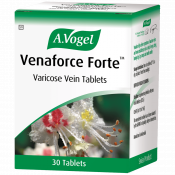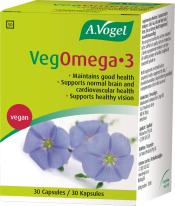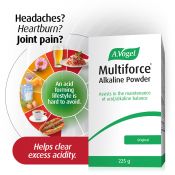
Varicose veins
Varicose veins are a common health condition and may give rise to a number of symptoms
Varicose veins are damaged veins. They may be found anywhere in the body, but the veins we commonly speak of as varicose veins are those that are found in the calves and thighs. This article will focus on varicose veins in the legs.
The word ‘varicose’ comes from Latin and means ‘dilated’ or ‘larger’. Varicose veins are enlarged or swollen veins, visible through the skin as blue or purple swellings. They may also have a bulging, lumpy or twisted appearance. The thickened or swollen parts of veins are sometimes known as varicosities.
Varicose veins occur when veins lose their elasticity, become stretched or swollen. This leads to leakage of valves found inside veins which regulate the normal flow of blood towards the heart. Follow the link for more information on the causes of varicose veins and why varicose veins are most commonly found in the legs.
It is said that over 3 in 10 adults will develop varicose veins at some point in their lives. Other estimates are even higher, suggesting that 40% of men and 32% of women aged 18 to 64 years suffer from varicose veins.
Some people are more prone to the condition. For instance, it is more common in women, especially during the second half of pregnancy. In addition, varicose veins can run in families, especially the female line.
Varicose veins may be present without giving rise to any symptoms. If they do, the first symptoms are usually feelings of aching, heaviness or tiredness in the calves or thighs. Other varicose vein symptoms include swollen ankles, burning in the legs, muscle cramp or itching of the skin.
Complications of varicose veins include varicose eczema, varicose ulcers and bleeding from a varicose vein. Follow the link for more information on varicose veins symptoms and complications.
The diagnosis of varicose veins is often clear as they are usually visible under the skin. However, there may be certain circumstances where you experience some of the symptoms of varicose veins, but are not sure if you have the problem. As with any unexplained symptom(s), you should seek the advice of your doctor.
In addition, speak to your doctor if:
- You have severe pain, discomfort or swelling in your legs
- The skin over the varicose vein becomes painful or irritated
- You develop an ulcer (break in the skin)
- Your varicose vein bleeds heavily.
There are a number of ways of treating varicose veins:
- Conventional treatment by your doctor or hospital specialist may start with the use of compression stockings or support tights. Although this treatment does not address the root of the problem, it can help alleviate symptoms. Other treatments which your doctor might recommend include injections into the veins and surgery to remove the vein.
- Many people reading these pages will be interested to learn that there are also herbal medicines available that can be offered as an alternative to conventional treatment. For more information, follow our link to varicose veins treatments.
If you suffer from varicose veins, there are a number of steps you can take to help yourself:
- Exercise regularly to keep your circulation flowing
- Lose weight if you are not at your normal, healthy weight
- Avoid sitting or standing still for long periods of time – take breaks every 30 minutes or so
- Avoid crossing your legs
- Keep legs raised when resting. Sleep with your legs on a couple of pillows – so that your legs are above the level of your heart.
For more information on lifestyle tips and advice, go to our page on varicose veins prevention.
Our natural treatments for menopause:
Perimenopause
Perimenopause is the time leading up to menopause. It can last several months or years. We describe why it happens, the symptoms and suggest natural solutions.
Night sweats
Excessive sweating at night is often a part of menopausal hot flushes


